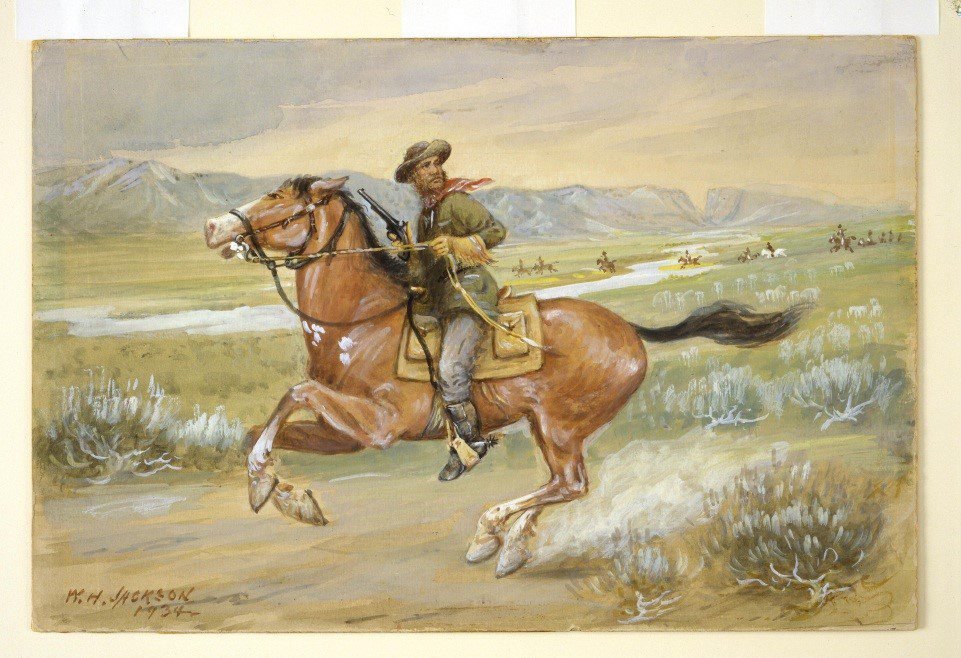One time in history, young men rode horses to deliver mail from Missouri to California. This first-time journey took ten days. The communication system along the Pony Express National Historic Trail was one of the direct and practical means of east-west communications in 1860. The channel connected up to eight states in the region. The Pony Express riders could carry letters from Missouri to California faster than ever.
Pony Express was the trusted thread of communication for connecting East and West before discovering electronic communication. Pony Express had been in operation for only 18 months between April 1860 and October 1861. But it was effective enough to substitute the Old West.
The 1849 Gold Rush and the 1847 Mormon exodus to Utah created the need for fast mail services. The Oregon Trail starting in the 1840s, also caused a mass migration of people that sent letters beyond the Rocky Mountains. In 1857 Butterfield Overland Mail Service began to help people send and receive letters partially. The private carriers also took over the role in the following years.
In 1858, postmaster general Joseph Holt moved overland mail service to California and the central region. The move was a blessing in disguise to the expansion of the mail industry as it created more need for mail. Leavenworth & Pike’s Peak Express Company was born and was grown by William H. Russell, Alexander Majors, and William B. Waddell. The company was later renamed Pony Express.
Ten weeks after the Pony Express began operating on June 16, 1860, a great decision revolutionized mailing. With the command of Congress, the bill instructing the Secretary of the Treasury was authorized to subsidize the transcontinental telegraph line. The line was, therefore, able to connect the Pacific Coast and the Missouri River.
The Pacific Telegraph Company of Nebraska and the Overland Telegraph Company of California were merged when the bill was passed. Pony Express normally operated while the lines were under construction as Newspapers and letters were transported from St. Joseph to Sacramento. Telegrams were, however, carried only between the speedy growing wire ends.
San Francisco had direct contact with New York City on October 26, 1861. The day was saddening for Pony Express as its operation was terminated. But Pony Express was allowed to operate until November when they finished delivering and receiving the letters on transit.
Human activities and time have destroyed the majority of the original trail. The path’s original route and exact length are matters of guesswork. The western states have destroyed the Pony Express operation routes and turned them into double-track dirt roads. Short pristine sections seen in Utah and California are believed to be traces of the original trail. But an estimate of 120 historic sites may finally be available to the people, together with the 50 remaining Pony Express stations.

